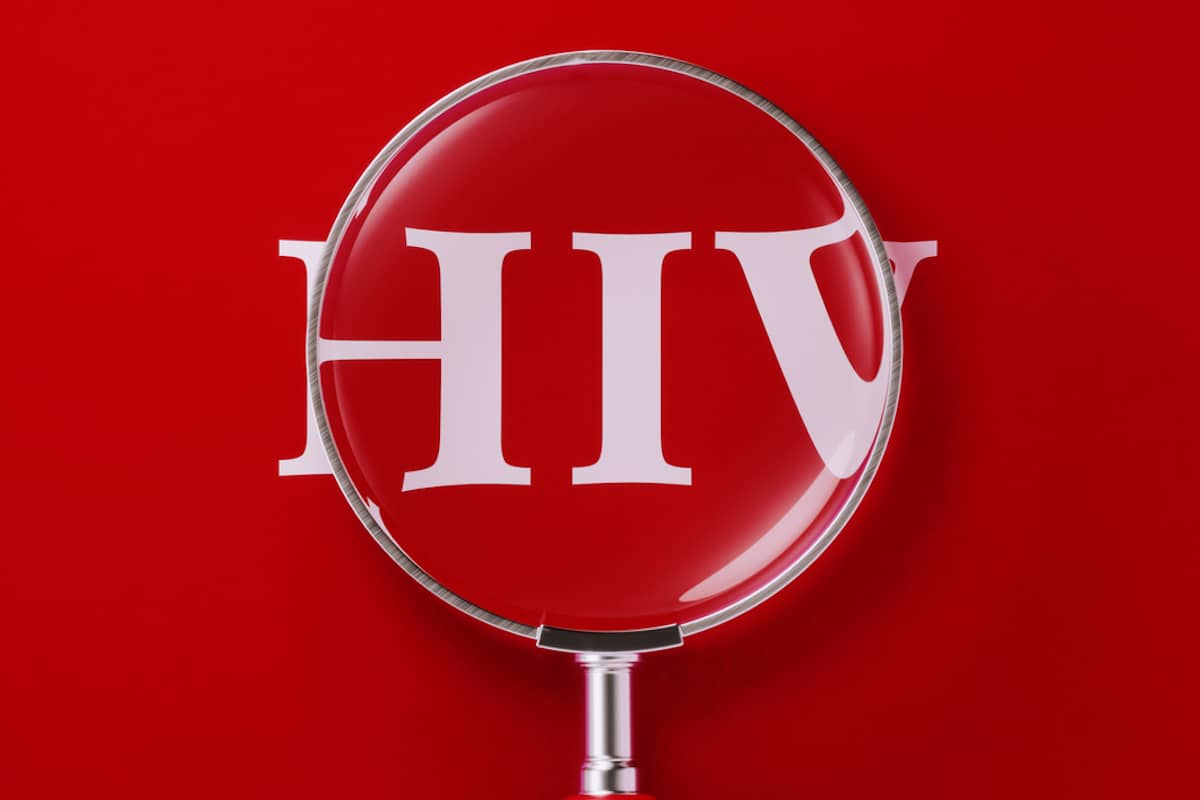Just like many other STIs, the human immunodeficiency virus (HIV) is sneaky. It takes months for some early symptoms and signs to start presenting themselves. In fact, the infection can be completely undetectable during that time period.
How soon after an infection will you know that something’s wrong? To answer this question about the early stage of HIV, we need to take a look at an infection timeline and the manner in which the virus affects the body.
Quick Timeline of HIV Progression
The Acute Stage
The first stage of the HIV infection is called the acute stage. Most people will go into this stage anywhere between two and four weeks after exposure.
During this period, the virus multiplies rapidly and spreads throughout the body. It starts attacking CD4 cells – the part of the immune system responsible for recognising and destroying pathogens like HIV. This is when some people could start experiencing mild symptoms.
The Chronic Stage
As the acute stage moves towards the chronic stage, the virus continues to multiply. The rate, however, slows down significantly in comparison to the acute stage. Depending on the age and the wellbeing of the infected individual, the chronic stage can continue for up to 10 years before HIV becomes AIDS (in the absence of treatment).
AIDS stage
AIDS is the final stage of the infection and it is characterised by the most severe consequences. The immune system is damaged so much that the body becomes incapable of fighting common pathogens. Opportunistic infections become a regular occurrence and the CD4 count drops to under 200 cells/mm3.
HIV Early Symptoms and Signs
Depending on the person’s age and health status, symptoms will vary.
Some may experience mild, cold or flu-like symptoms during the acute stage. These include fever, headaches, fatigue, chills, muscle pain and sore throat. A few other symptoms include swollen lymph nodes and a maculopapular truncal rash (flat or raised red bumps on the skin – a marker for many diseases from allergies to serious conditions involving the immune system).
Many people will not experience any early symptoms and signs of HIV. Hence, regular HIV testing is the only way to find out whether someone has contracted the virus.
As the infection moves from the acute to the chronic stage, the symptoms will change. Some of the common ones include breathing difficulties, coughing, weight loss and high fever. The severity of the symptoms will be dependent on the progression of the infection and the extent to which the immune system has been damaged.
How Likely Are You to Experience Symptoms During the Early Stage of HIV?
According to the American Academy of Family Physicians (AAFP), at least 50 to 90 per cent of the individuals who contract HIV will experience some of the acute symptoms. In a study that AAFP carried out among HIV-positive patients, 80 to 90 per cent had fever in the acute stage, fatigue was common among 70 to 90 per cent, followed by rashes (40 to 80 per cent) and headaches (30 to 70 per cent).
It’s very important to understand the fact that even if you do not have any symptoms, HIV becomes transmissible as soon as it enters the body. There’s a common misconception that a person can pass the virus to someone else only after they become symptomatic. This is not true and the belief is very dangerous.
Early HIV symptoms are very non-specific. You could think that you’re coming down with a cold. In some time, the symptoms will get resolved and you’ll probably forget about the situation.
Getting tested will show you exactly what’s going on.
Regular HIV Testing: The Only Reliable Method to Find the Truth
Before the development of the acute stage of HIV, the virus wouldn’t have multiplied enough to be properly detected during regular screening.
A general recommendation is to wait anywhere between two and four weeks after potential exposure to get tested. If you get HIV screening earlier than that, you may end up with a false negative test that gives you a sense of (fake) security.
As per general recommendations, everyone who is sexually active (even if they don’t engage in risky behaviours) should get HIV and STD screening at least once per year as a part of their regular health check-up. Even those in a monogamous, committed relationship can benefit from learning a bit more about their status.
HIV screening is readily available in Singapore. Multiple types of tests can be employed. Some of them ensure quick results. You will know your status in a matter of minutes. Others are much more reliable/accurate but the results will become available after thorough analysis that may take several days.
Visiting a reputable medical facility like Shim Clinic will give you a much better idea about the available kinds of tests, the potential prevention (like HIV PrEP and HIV PEP) and the risky behaviours you could have been engaging in without understanding the associated dangers.
If you believe you may have been exposed, don’t sit around and wait for the symptoms to appear. Very often, the unusual signs have an innocent explanation and are not related to HIV. Come to Shim Clinic, a clinic in Singapore specialising in STD management during our working hours every day of the week and you’ll get reliable answers and screening options you can count on.
References:
- Oyugi, G. P. L. B. B. O. (1999, August 1). How to Recognize and Treat Acute HIV Syndrome. American Family Physician. https://www.aafp.org/afp/1999/0801/p535.html

